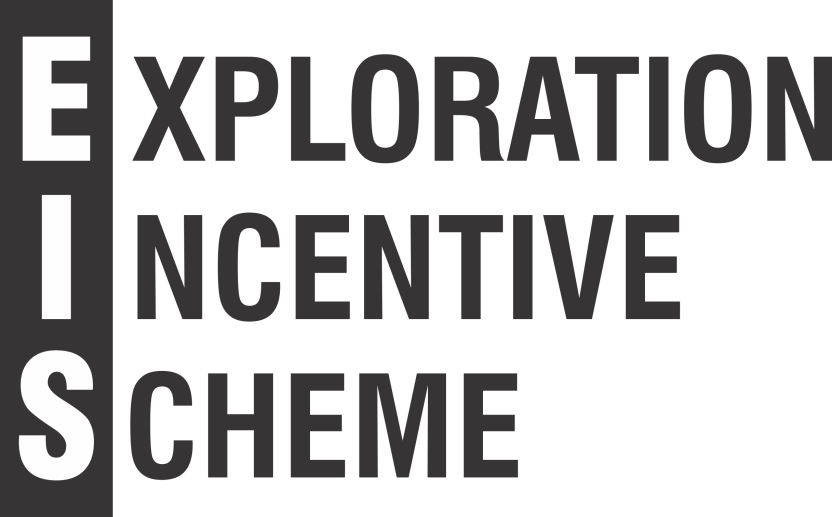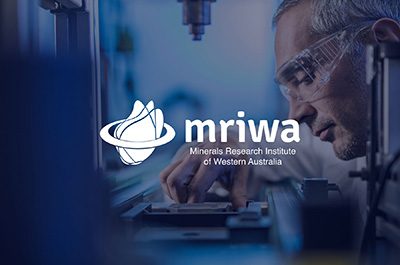Distal footprint of giant ore systems, Capricorn WA – Case study
Project Overview
Project Number
Total Grant Value
Program Area
MRIWA Contribution
Project Theme
Project Period
The Challenge
Although hosting world-class mineral deposits, large areas of Western Australia’s Capricorn region are covered by sediments that shield the richly-endowed regional geology from view.
The comparatively tiny volume of concentrated mineralisation in a viable ore system makes intersecting a buried deposit with even a well-targeted exploration drill hole statistically unlikely.
Key Findings
The Capricorn region bears important geological links to the richly-endowed Yilgarn and Pilbara, including tectonic events associated with mineralisation.
Known gold, uranium, and base metal deposits in the Capricorn are associated with distinctive groundwater geochemistry. These chemical signatures extend beyond the mineral deposits themselves, making them a useful marker for targeting buried minerals.
Archean-related sulfur isotope signatures beyond the exposed Yilgarn and Pilbara Cratons may provide insight into mineral deposit sources.
Benefit to WA
Geochemical techniques developed through this work advance a new means of exploring for mineral deposits beneath barren cover rocks throughout Western Australia. This study establishes the potential existence of mineralised geology that will encourage exploration in under-explored areas of the Capricorn region.
Follow-up investment from exploration companies is helping target the next generation of mineral deposits in Western Australia.
Keywords: groundwater geochemistry, undercover exploration, mineral exploration, lithospheric evolution, predictive targeting
Similar Projects
Page was last reviewed 29 December 2022



